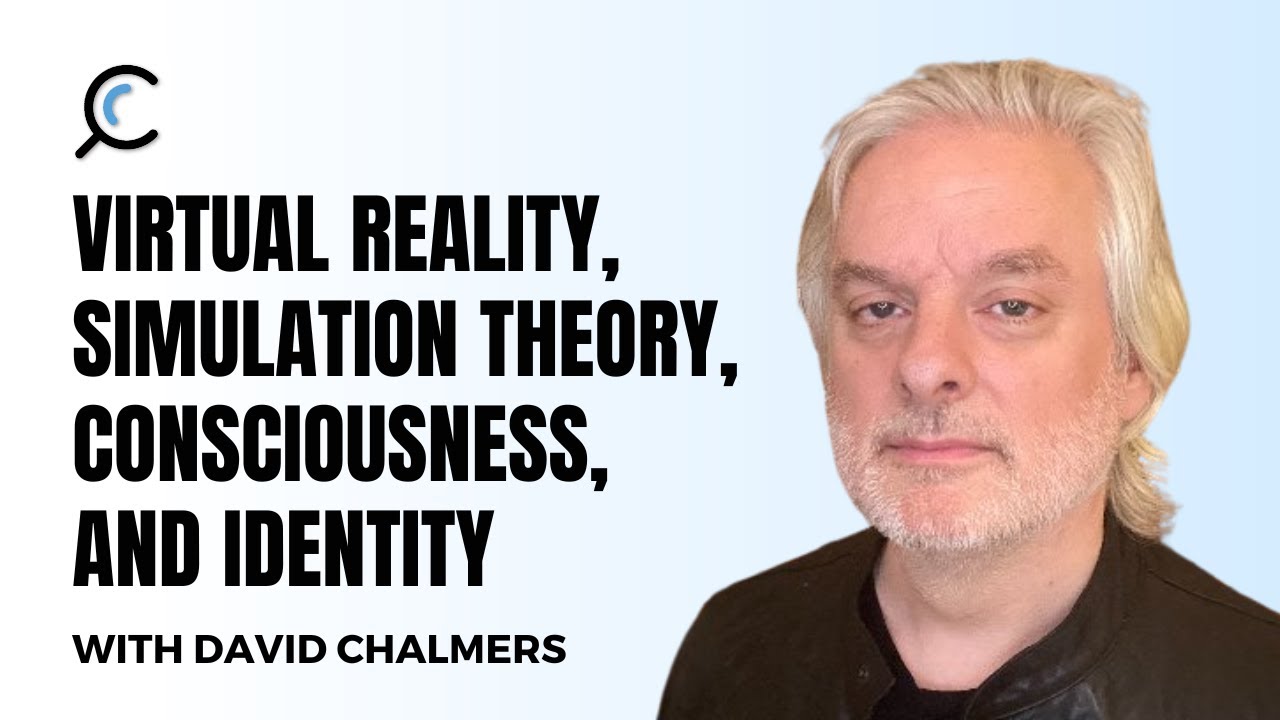Unveiling the Mystery of Simulation Theory: A Comprehensive Guide
Imagine waking up one day and realizing that everything you know and perceive about the world might be a programmed simulation. It sounds like something straight out of a science fiction movie, but the fascinating field of simulation theory explores this very possibility. In this comprehensive guide, we will dive deep into simulation theory’s origins, its philosophical implications, and the scientific evidence that supports it.
The Birth of Simulation Theory
Simulation theory was popularized by Nick Bostrom, a philosopher from the University of Oxford, with his 2003 paper, “Are You Living in a Computer Simulation?”. Bostrom contends that one of three propositions must be true:
1. Almost all civilizations at a highly advanced technological stage go extinct before they develop the ability to run “ancestor simulations.”
2. Advanced civilizations lack interest in running these simulations.
3. We are almost definitely living in a computer simulation.
Although Bostrom’s work catapulted this notion into mainstream attention, its roots can be traced back to ancient philosophical concepts such as Plato’s Allegory of the Cave and Descartes’ “Evil Demon” thought experiment.
The Science Behind the Idea
While simulation theory may sound far-fetched, there are scientific theories and empirical observations that lend credence to the idea. Some of these include:
1. Quantum Mechanics: One of the most perplexing features of quantum mechanics is the wave-particle duality, in which subatomic particles can exhibit both particle and wave properties. Some simulation theorists argue that this duality could be the result of a sophisticated simulation attempting to save processing power by rendering objects as waves unless observed.
2. Information Theory: In the field of information theory, the universe can be understood as a giant, highly complex computer. If this is true, then simulating our universe might be achievable by harnessing advanced computing power and algorithms. Moreover, Max Tegmark, a physicist at MIT, suggests that the universe’s structure might be describable as a mathematical pattern, which could further imply that it is inherently algorithmic in nature.
3. The Holographic Principle: This principle proposes that the universe is a two-dimensional hologram of information, with every bit of information encoded on a surface at the edge of the universe. If verified, this idea could point to the universe behaving similarly to a holographic simulation.
Addressing the Skeptics
There are numerous critiques against simulation theory, questioning its validity and logical coherence. Some argue that the energy and computing power required to run the hypothetical simulation would be impossible to achieve. Others contend that the likelihood of advanced civilizations losing interest in ancestor simulations, or going extinct before they develop simulation technology, renders the idea moot.
While these perspectives raise important questions, simulation theory provides a stimulating backdrop to contemplate our reality, developing technology, and the nature of life itself.
In Conclusion
Unveiling the mystery of simulation theory uncovers a topic as fascinating as it is perplexing. While we may not have a definitive answer as to whether our reality is indeed a programmed construct, the questions and intellectual exploration it inspires drives ongoing research and philosophical discussion. As we continue to probe deeper into the nature of reality and develop technologies that blur the line between virtual and real, the possibility of simulation theory shifts from an abstract idea to an increasingly viable hypothesis.







